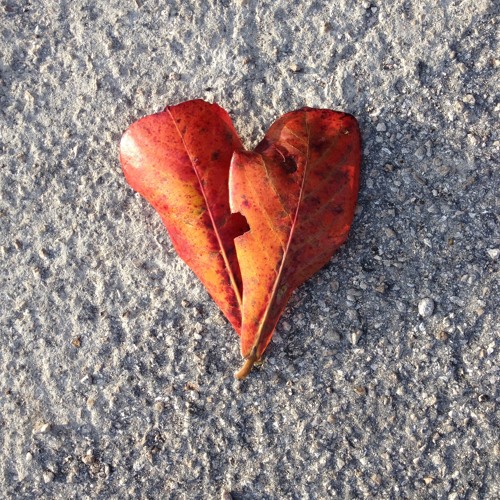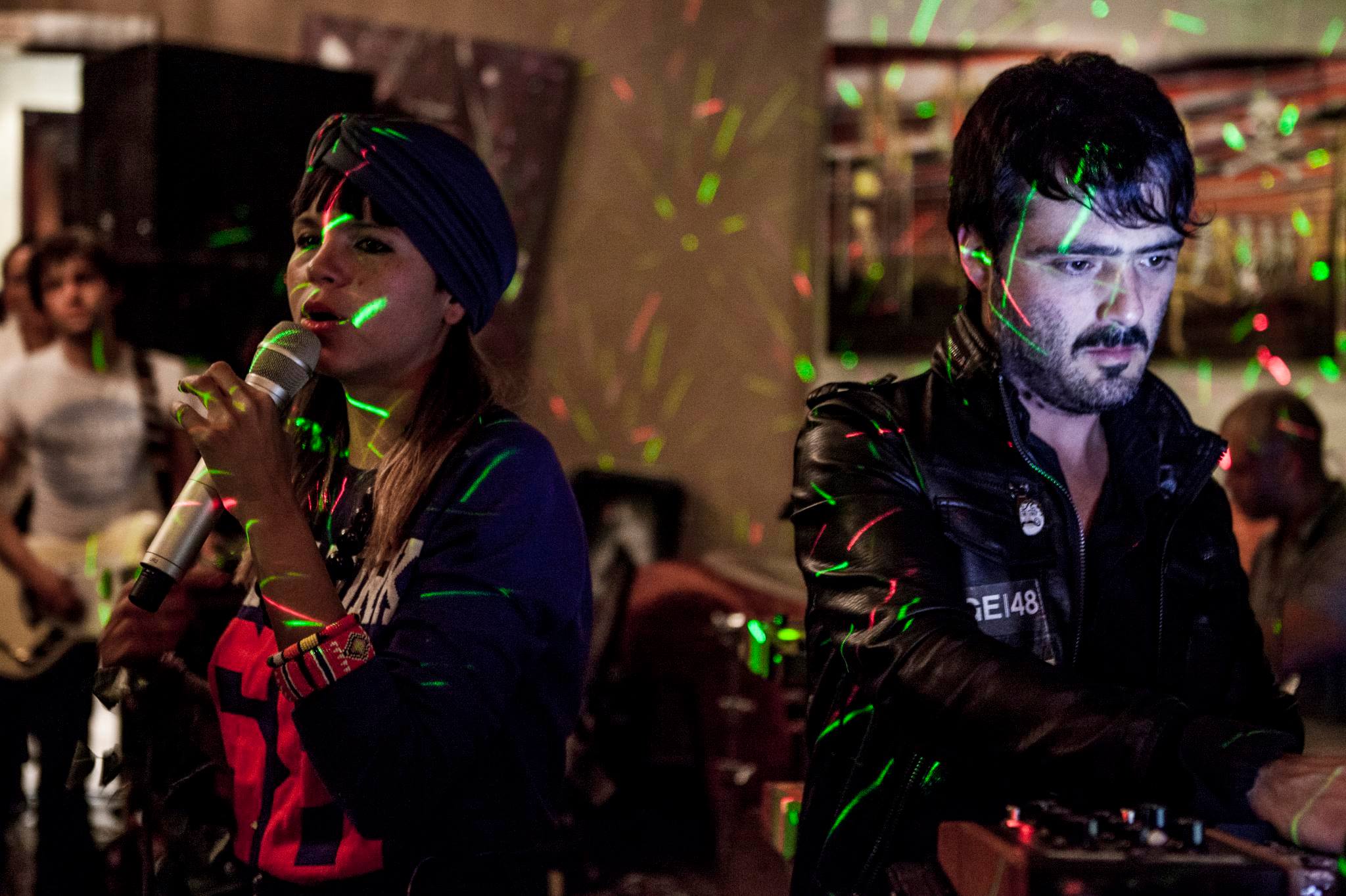


It’s like you’re in one party, and then all of sudden, you get thrown into this other party. The way I’m singing is very traditional of those kinds of celebrations in that part of Colombia, and then the bass comes in. It’s about connecting with your homeland, and I think that’s something that anyone can relate to, in any part of the world. The lyrics seem simple and it is about a party, but it’s not just any party. Saumet: This one was inspired by the Barranquilla carnival, which keeps getting bigger every year. So what if people criticize you? That’s the way you are.

Sometimes as people we tend to judge others too much. Saumet: The lyrics are about respecting people for who they are and not trying to change them. It’s a really fun song and the most Colombian one on the album. Mejía: On this one, we recorded a couple of traditional Colombian instruments live – which is something we like to do on all of our albums. You almost remember the guitar melody more than anything else, even the lyrics. Mejía: It has a great, champeta-style electric guitar that becomes the lead in the song. It’s got a very breezy, Caribbean vibe to it. Saumet: It’s a love song about a couple that meets on a beach and now they’re in love. Just grab someone you like and get all down and dirty with it. Saumet: This one is to get all sweaty in the club. But we wanted to leave our comfort zone and do something slow, yet danceable. We had never done a track like this, with such a slow tempo - 89 bpms (beats-per-minute). You kind of want to hear this one blasting out of your car speakers. Mejía: I think this is the one with the most pop sensibility, too. It’s also about being grateful to God for what you have because you never know when it’s all going to tap out. It’s about living and learning and embracing the good as well as the bad experiences. Saumet: This one has a sung chorus and a few rapped verses. It’s a more electronic-sounding album, with more sung melodies, and a more global approach.”īillboard recently caught up with Saumet and Mejía, who walked us through the entire 11-track album. What we wanted to do now was change the color scheme a bit while keeping the essence of that Bomba Estéreo sound. “People instantly connected to our music and they were dancing as if we were at the Barranquilla carnival.”Īdds Mejía, “The band is known for the fusion of tropical music with other sounds. ∙ Bomba Estéreo has been nominated for two Grammy Awards and seven Latin Grammy Awards.“The roots of our music are African, so being able to go there was like the most direct connection we could ever have ,” Saumet tells Billboard. ∙ Mejía collaborated with the environmental group Stand for Trees on a 2020 documentary about local communities working to preserve the Colombian rainforest. ∙ After hearing the song “Fiesta,” originally released on Bomba Estéreo’s 2015 LP, Amanecer, Will Smith came out of semiretirement from rapping and asked to guest on a remix. ∙ In 2010, Bomba Estéreo covered Technotronic’s 1989 Eurodance classic “Pump Up the Jam,” which they rereleased the following year with a new title, “Ponte Bomb.”
#Somo dos bomba estereo series#
∙ “Fuego” was featured in an episode of the TV series Dexter and also appeared on the soundtrack for the game FIFA 10. ∙ Estalla, Bomba Estéreo’s second full-length (and first collaborative album), was released in 2008 and spawned the international hit single “Fuego.” 1 song “Huepaje,” Li Saumet was invited to become the frontwoman of Bomba Estéreo. 1, was essentially a solo record by group founder Simón Mejía that featured collaborations with a variety of Colombian artists. The debut album by Latin alt pop band Bomba Estéreo, 2006’s Vol.


 0 kommentar(er)
0 kommentar(er)
